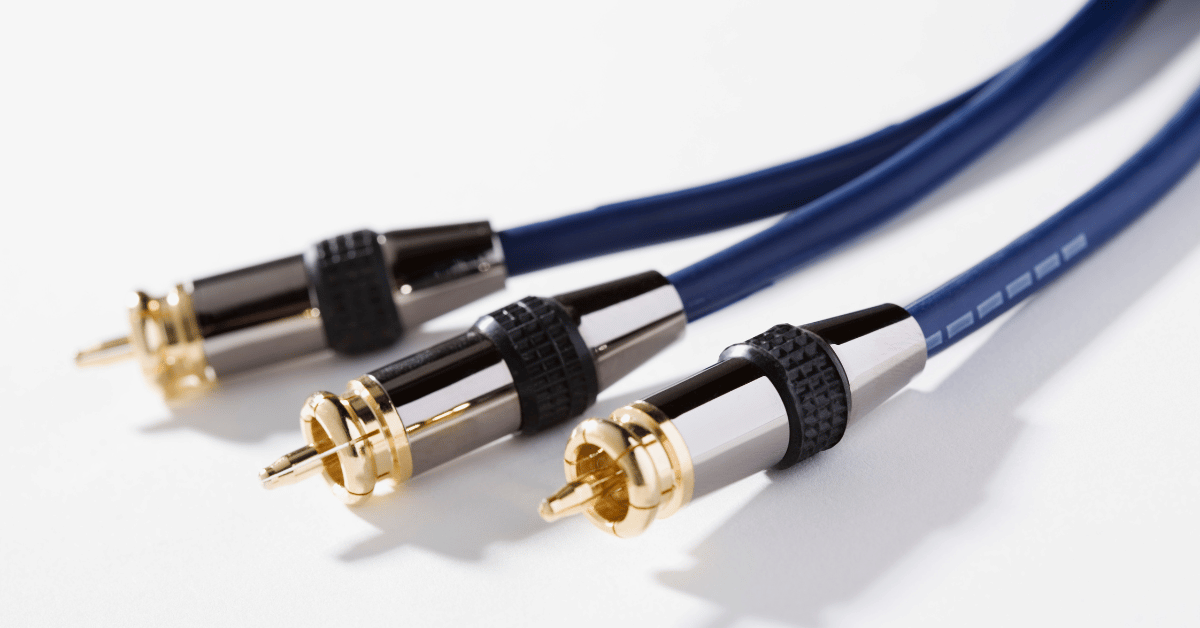Mini projectors are a convenient and portable option for those looking to enjoy movies, gaming, or presentations on the go. They are compact, lightweight, and easy to set up, making them an ideal choice for small spaces or travel. However, with their small size, some users may wonder if mini projectors have coaxial input, which is commonly used to connect to cable TV or satellite boxes. In this article, we will explore whether mini projectors have coaxial input and what other options are available for users looking to connect to cable or satellite sources. We will also discuss some of the key factors to consider when choosing a mini projector for your needs.
Table of Contents
Do Mini Projectors Have Coaxial Input?
The short answer is no, mini projectors do not have coaxial input. Coaxial input is a type of connection that allows users to connect to cable TV or satellite boxes, but mini projectors are designed to be portable and do not include this type of connection.
What Are the Alternatives for Connecting Mini Projectors to Cable TV or Satellite Boxes?
There are several alternatives to connect mini projectors to cable TV or satellite boxes, including:
HDMI Cable
Most mini projectors come equipped with an HDMI port, which is the most common type of connection for modern devices. Users can connect their cable TV or satellite box to the mini projector using an HDMI cable, which offers high-quality video and audio.
VGA Cable
VGA cables are another option for connecting mini projectors to cable TV or satellite boxes. However, VGA cables do not carry audio signals, so users will need to use a separate audio cable.
AV Cable
AV cables are a third option for connecting mini projectors to cable TV or satellite boxes. These cables are typically included with most mini projectors and offer an easy way to connect to older devices. However, they offer lower quality video and audio than HDMI or VGA cables.
Wi-Fi or Bluetooth
Some mini projectors come equipped with Wi-Fi or Bluetooth connectivity, allowing users to connect to streaming services like Netflix or Hulu without the need for a cable TV or satellite box.
What Should I Consider When Choosing a Mini Projector?
When choosing a mini projector, there are several factors to consider, including:
Brightness
Brightness is an important factor to consider, as it will determine the quality of the image projected. Mini projectors typically range in brightness from 100 to 600 lumens.
Resolution
Resolution refers to the number of pixels that make up the image. Mini projectors typically have resolutions ranging from 480p to 1080p.
Size and Portability
Mini projectors are designed to be portable, but some are smaller and more lightweight than others. Consider the size and weight of the mini projector before making a purchase.
Battery Life
Battery life is an important consideration for users who plan to use their mini projector on-the-go. Look for a mini projector with a long battery life to avoid interruptions during use.
How Do You Connect a Coaxial Cable To a Projector?
Connecting a coaxial cable to a projector can be challenging since most projectors do not have a coaxial input. Coaxial input is typically used to connect to cable TV or satellite boxes, and projectors are designed to be portable, so they do not include this type of connection. However, there are a few alternative methods to connect a coaxial cable to a projector.
Using a TV Tuner
A TV tuner is a device that allows users to watch television on their computer or other devices. Users can connect a coaxial cable to the TV tuner and then connect the TV tuner to the projector using an HDMI cable. This method allows users to watch live TV on their projector.
Using a Set-Top Box
A set-top box is a device that connects to cable TV or satellite services and allows users to watch TV. Users can connect the set-top box to the projector using an HDMI cable, which provides high-quality video and audio.
Using a Digital Converter Box
A digital converter box is a device that converts digital signals into analog signals for use with older televisions or projectors. Users can connect the coaxial cable to the digital converter box and then connect the box to the projector using an HDMI cable or a VGA cable.
Using an Antenna
Some projectors come equipped with an antenna input, allowing users to connect an antenna to watch over-the-air TV channels. Users can connect the coaxial cable to the antenna input on the projector and then scan for available channels using the projector’s built-in tuner.
Conclusion
In conclusion, mini projectors do not have coaxial input, but there are several alternatives available for connecting to cable TV or satellite boxes. Users can choose from HDMI, VGA, or AV cables, or opt for a mini projector with Wi-Fi or Bluetooth connectivity. When choosing a mini projector, consider factors such as brightness, resolution, size and portability, and battery life to find the best option for your needs.

